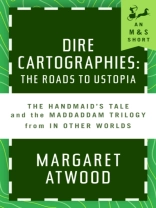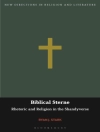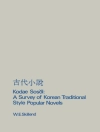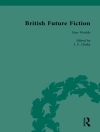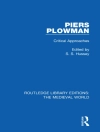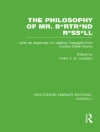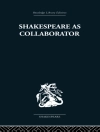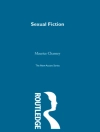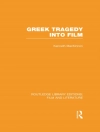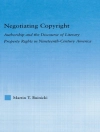In honor of the thirtieth anniversary of The Handmaid’s Tale: Margaret Atwood describes how she came to write her utopian, dystopian works. The word "utopia" comes from Thomas More’s book of the same namemeaning "no place" or "good place, ‘" or both. In "Dire Cartographies, " from the essay collection In Other Worlds, Atwood coins the term "ustopia, ‘" which combines utopia and dystopia, the imagined perfect society and its opposite. Each contains latent versions of the other. Following her intellectual journey and growing familiarity with ustopias fictional and real, from Atlantis to Avatar and Beowulf to Berlin in 1984 (and 1984), Atwood explains how years after abandoning a Ph D thesis with chapters on good and bad societies, she produced novel-length dystopias and ustopias of her own. "My rules for The Handmaid’s Tale were simple, " Atwood writes. "I would not put into this book anything that humankind had not already done, somewhere, sometime, or for which it did not already have the tools." With great wit and erudition, Atwood reveals the history behind her beloved creations.
Margaret Atwood
Dire Cartographies [EPUB ebook]
The Roads to Ustopia and The Handmaid’s Tale
Dire Cartographies [EPUB ebook]
The Roads to Ustopia and The Handmaid’s Tale
购买此电子书可免费获赠一本!
语言 英语 ● 格式 EPUB ● 网页 36 ● ISBN 9780771007378 ● 出版者 McClelland & Stewart ● 发布时间 2015 ● 下载 3 时 ● 货币 EUR ● ID 4506237 ● 复制保护 Adobe DRM
需要具备DRM功能的电子书阅读器
